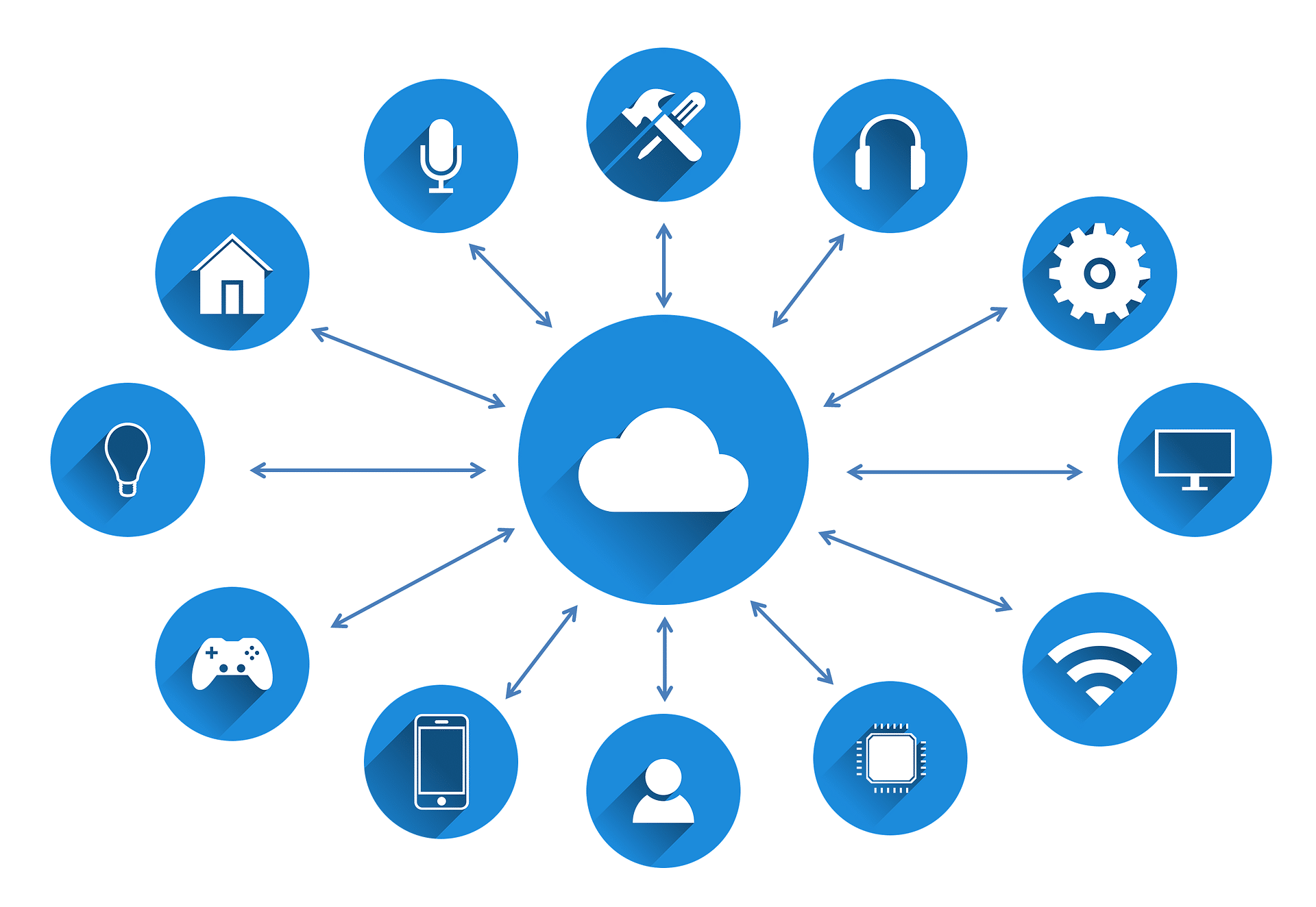“The first rule of any technology used in a business is that automation applied to an efficient operation will magnify the efficiency. ” -Bill Gates
Technology today is improving our lives in many aspects, and medicine and its supply chain make no difference. The cell and gene markets are expanding, raising the prices, and increasing the risk of damage. Thanks to the new systems introduced to the supply chain in medicine, the whole process can be completely revolutionized.
The growing market
Newly developed gene-editing technologies like CRISP promise to bring achievements in many fields, such as altering the genome or changing the organism’s cellular behavior entirely. The work is advancing and rapidly increasing the FDA approval rates.
The value on a global scale is predicted to expand at a compound annual growth rate of nearly $6.02 billion in 2017 to $35.4 billion in 2026. The percentage of this growth rate for the forecasted period 2019-2024 is estimated to be 24%.
Different factors work in favor of the growth of cell and gene therapies on the market, such as growing patient population, favorable regulatory support, and increasing demand for CAR T-cell therapy products. The segment is expected to witness upward growth in the manufacturing of stem cell-based products, especially in developed economies. The market segmentation by End-users is sustained by hospitals, wound care centers, cancer care centers, and ambulatory surgical centers.
The increased productivity in the sector will require a higher demand for specialization in logistics. For storing highly temperature-sensitive products, the temperature monitoring system needs many and improved facility management systems, such as high-speed data and constant connectivity.
Making logistics smarter
In an age of easy information exchange, supply chains still have plenty of blind spots. Even if the supply management companies have built an easy way of data and information exchange, many factors can still raise some questions. Did the shipment really leave the warehouse on time? Did the driver really take the shortest route to the depot?
By creating an infrastructure of smart logistics, we can be sure of the answers to these questions. Many technologies are helping on the way of optimization, and two main that contribute the most are IoT and AI.
The Internet of Things (IoT) by technical terms, is a real-time data collection and display. It executes the idea of everyday physical objects being able to connect and store or exchange information. This system finds its application in the supply chain by enabling an enterprise to check the state of its goods and assets and provides the ability to know what is happening in real-time remotely.

The other system or the brain behind the operations is the AI (Artificial Intelligence). It represents the ability of any device to perceive its environment and take actions in order to achieve the given goal. Moreover, it is a way of describing a computer or a machine that can mimic cognitive functions. Almost every business is either already using AI or investing in it, and the medicine supply chain industry makes no exception. The system can analyze past patterns, predict and prescribe future actions.
By combining both operational systems, the transported dangerous goods can be tracked, checked remotely, and delivered quickly. This way smart logistics can fully operate and give the possibility for fast and optimized delivery.
Making logistics smarter
The emerging technologies and applications in automated data gathering using the Internet of Things (IoT) and Artificial Intelligence, as well as for analytics and cloud computing systems today, are already changing the way we do business. Logistics and supply management for medicine, by far, has the most to gain from the digitalization.
The automation of the software, all together with real-time tracking and humidity and temperature measuring systems, is going to reduce the human intervention to the minimum. The new systems will be calculating and optimizing the routs alone, and the verification will be done by processing tons of data all at ones. Thanks to this new way, the logistics management systems are going to improve responsiveness to changes causing difficulties and unnecessary overheads like fuel and cost.
The automated new system will allow the processes of providing cell and gene therapy products in a fast and highly efficient way. The risk of taking longer to deliver will be eliminated, preventing the dangerous goods of any damages. The need for cryo-shipment will be avoided, and any danger for the cell and gene products will be removed thanks to the fast delivery and temperature controlling systems.
When it comes to automatization and smart logistics, IoT represents the vision, and AI the mind behind it. In many businesses, there are different examples of AI and IoT working together to make smart and even prescriptive decisions, and the supply chain is soon going to be an example of that as well. The fast and secure transportation is needed for the right cultivation of the Cell and Gene products that are soon going to be in high demand on the market.